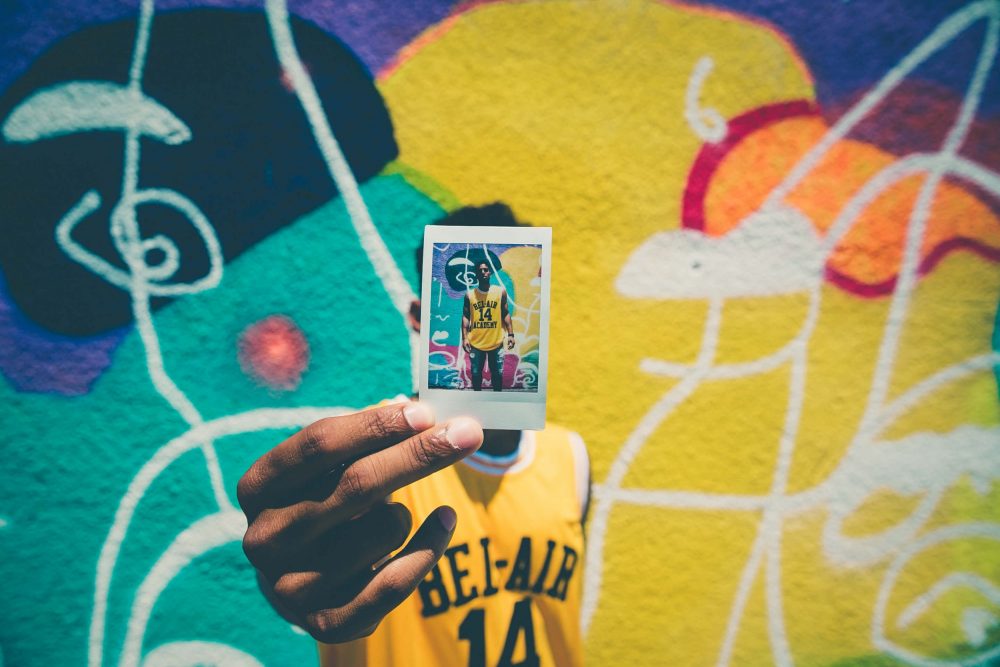Consumers are increasingly choosing to interact with brands in a different way.
They are no longer sucked in by shiny ads promising the world. Instead, they crave connection and want to build authentic relationships with the brands they love.
Today, 92% of consumers are more likely to trust word-of-mouth recommendations (compared to 24% who trust online ads), which shows the huge shift towards content that has been created by other consumers rather than the brands themselves.
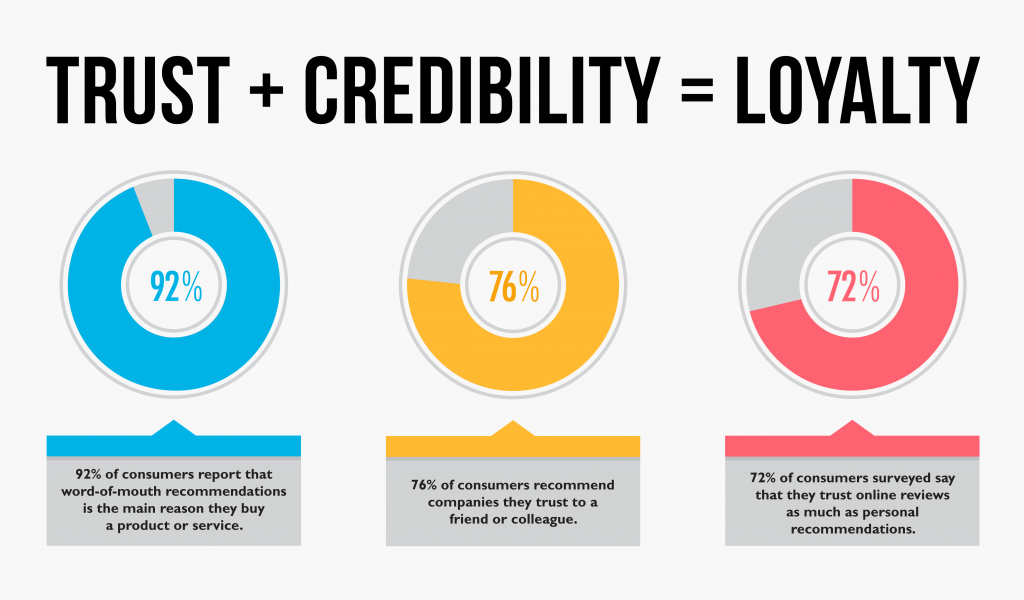
This is exactly what earned media is – content produced and shared by consumers and customers.
It might seem daunting to leave your content in the hands of your customers, but it’s actually hugely beneficial to you as well as your community. In fact, 25% to 40% of all traffic and lead generation comes from earned media.
Rather than brands being determined by their ads, they are now the result of what their people are saying about them. And, with both B2C and B2B businesses aiming to create more engaging content in the future, earned media seems to be the way forward.
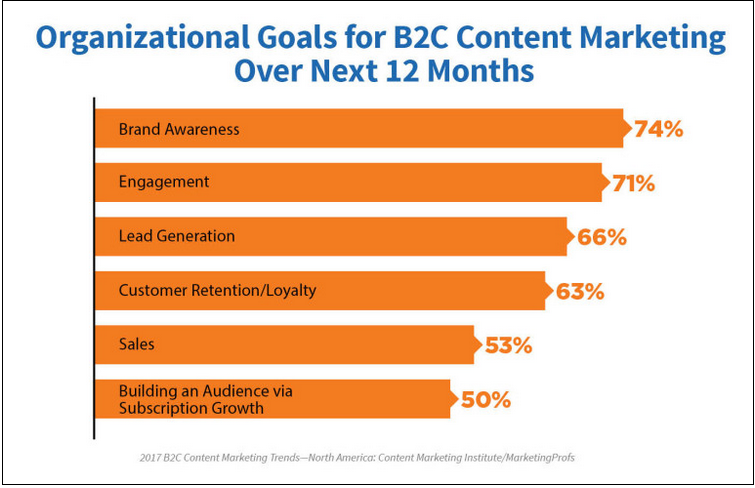
So how can you integrate it into your content marketing strategy?
How to Repurpose Earned Media for Your Content Strategy
Step One: Increase Brand Assets
One of the biggest struggles brands face is gathering together enough brand assets. It’s time consuming to constantly create new content, and it drains the resources and finances of many a brand.
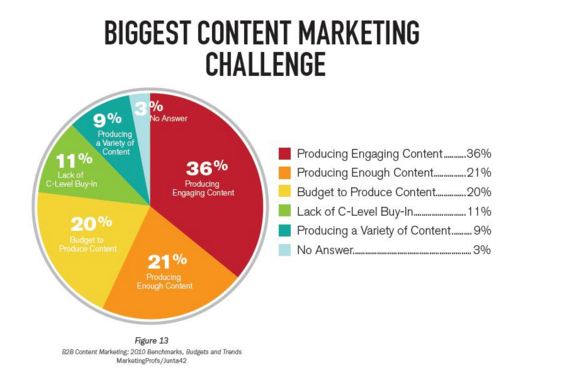
Gathering together earned media means you can increase your content library quickly without having to spend too much time planning and creating original content.
So how can you tap into the power of earned media and leverage it in your content strategy?
First of all, you need to give your audience a reason to submit content.
We find that implementing a hashtag is a great way to do that, as it can be spread over multiple channels and you can use a tool like TINT to bring together content published via the hashtag all in one place.
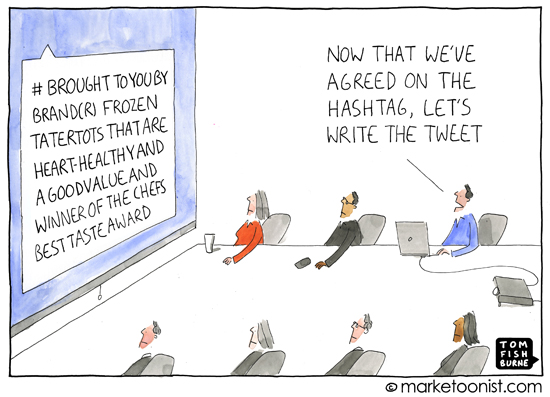
By doing this, you’re saving time and money by not hiring freelancers or using your team to create new content from scratch.
But getting consumers to publish content via your designated hashtag can be hard, which is why you need to make sure you create a hashtag that encourages and engages.
Here’s how you can do that:
- Make sure your hashtag is relevant and straightforward. Consumers need to know immediately what it’s all about so they can hit publish quickly. Remember, time is of the essence when it comes to social media. This means your hashtag should be easy to spell and even easier to remember.
- Make sure it’s short and to the point (on Twitter, especially, there is a character limit and you don’t want your hashtag taking up much-needed space).
- Research whether it’s been used before. The last thing you want is your brand associated with something that’s not relevant or, worse, something negative.
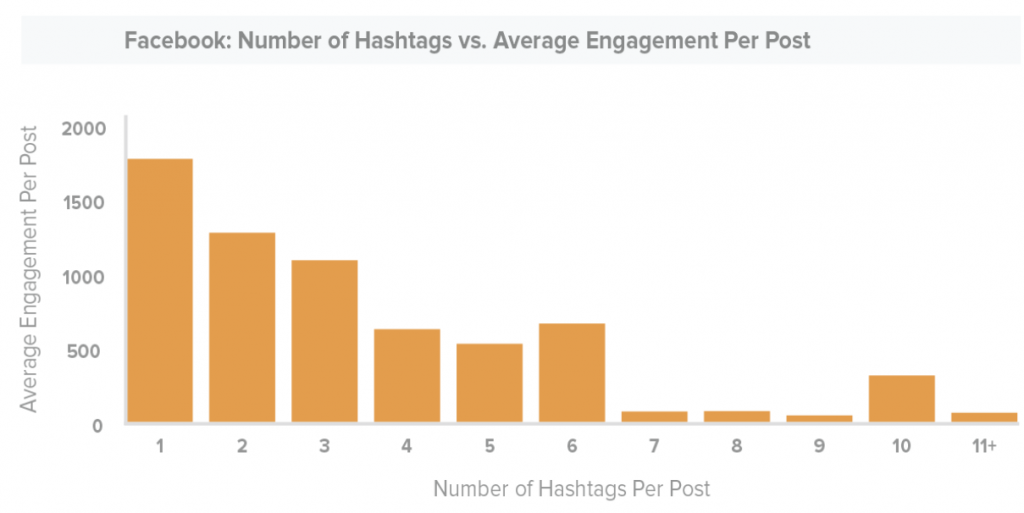
And, while these are some of the things you should consider when creating your hashtag, there are a couple of things you want to avoid:
- Avoid generic hashtags
- Don’t confuse consumers by using tons of different hashtags in every post
- Don’t use a hashtag that doesn’t reflect the values of your brand and how you want it to be seen by consumers
Evergreen Hashtags VS Campaign Hashtags
It’s worth coming up with a couple of hashtags so you can separate content out depending on its theme or purpose.
For example, you might want to create one hashtag for a dedicated campaign where consumers can share images of themselves with your product, and then create another hashtag that’s evergreen, where buyers can share their reviews and experiences with your product or service.
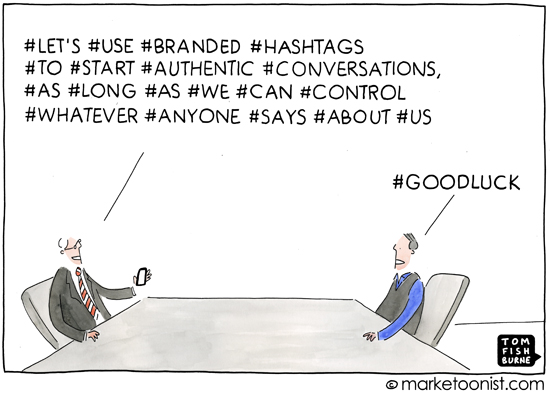
Let Your Consumers Create
It’s all well and good having a hashtag out there in the ether, but if no one knows about it, then you’ll struggle to gather together any earned media.
Which means you need to bite the bullet and put it out there.
There are a few different ways you can do this, but for the best results, you need to think beyond the social aspect of your hashtag and integrate it as part of your brand’s personality.
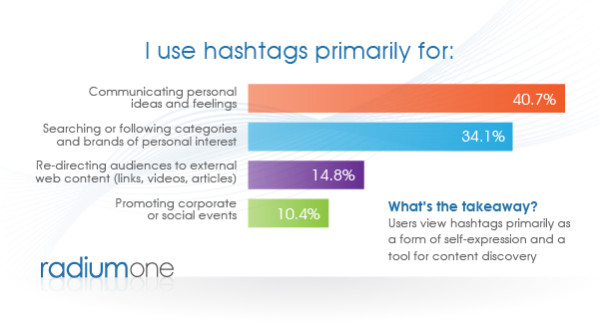
Of course, you want to start by sharing your hashtag on social media channels, as that’s where it’ll get the most traction most quickly. But you might also want to consider promoting it in:
- Email newsletters and autoresponder campaigns
- On your product packaging
- In paid searches
- In in-store locations
- On television
- On printed collateral
- On your business cards
Getting Consumer Permission
The one sticking point about using earned media in your content strategy is that there are some hazy rules around permission. However, with a hashtag, you can run with either of the two options:
- Ask explicitly for permission. If you see a post from a user you want to reshare and reuse for other purposes, simply reach out and ask them if that’s okay.
- Use implied permission. This implies that if a consumer has shared content under your designated hashtag, they have implicitly given you the go-ahead to reuse it.
Here’s how you can make sure you’re abiding by user rights when re-sharing consumer created content.
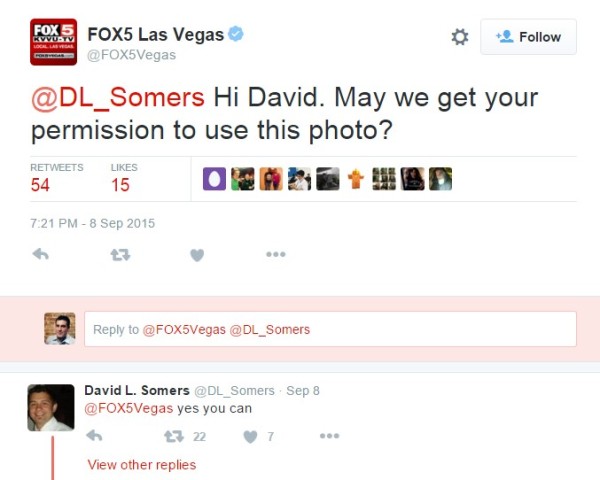
Step Two: Reach and Convert New Customers
Once you’ve got your content library of earned media set up and ticking over with new content consistently being added to it, it’s time to tap into it and reuse it throughout your marketing channels.
There are four main places you can integrate earned media for better results.
- Earned Media on Social Media
The simplest way to reuse earned media is to reshare it across your social channels. Keep on top of your hashtags and who is using them and engage with these consumers to keep them coming back for more.
Studies have shown that 90% of consumers would recommend a brand to others if they have interacted with them on social media, so keeping on top of conversations with your customers can be incredibly beneficial to your brand.
Brand fans have the power to increase social engagement by up to 23%, too.
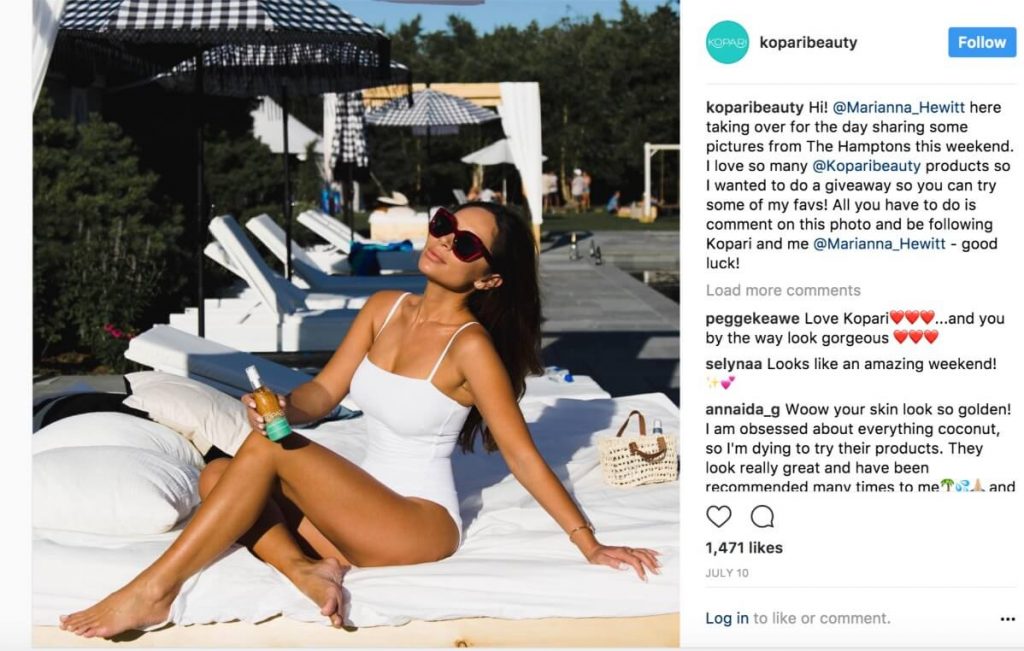
Take Kopari Beauty as an example, a key player in the beauty industry that wanted to boost engagement and create more authentic connections with their fans. To do this, they gave their Instagram over to Marianna Hewitt, a lifestyle blogger for a day.
Her posts were a hit, generating 38.9% more likes on average than posts from the week before. And, as a bonus, it exposed Kopari Beauty’s products to a whole host of new fans.
- Earned Media in Paid Ads
When 77% of consumers claim that authentic customer photos have a bigger impact on their purchase decisions than polished photos distributed by marketing teams, it makes sense to integrate earned media into paid media.
Combining these two marketing avenues can bring in as many as 4x more click throughs on Facebook ads than if you were to run them separately.
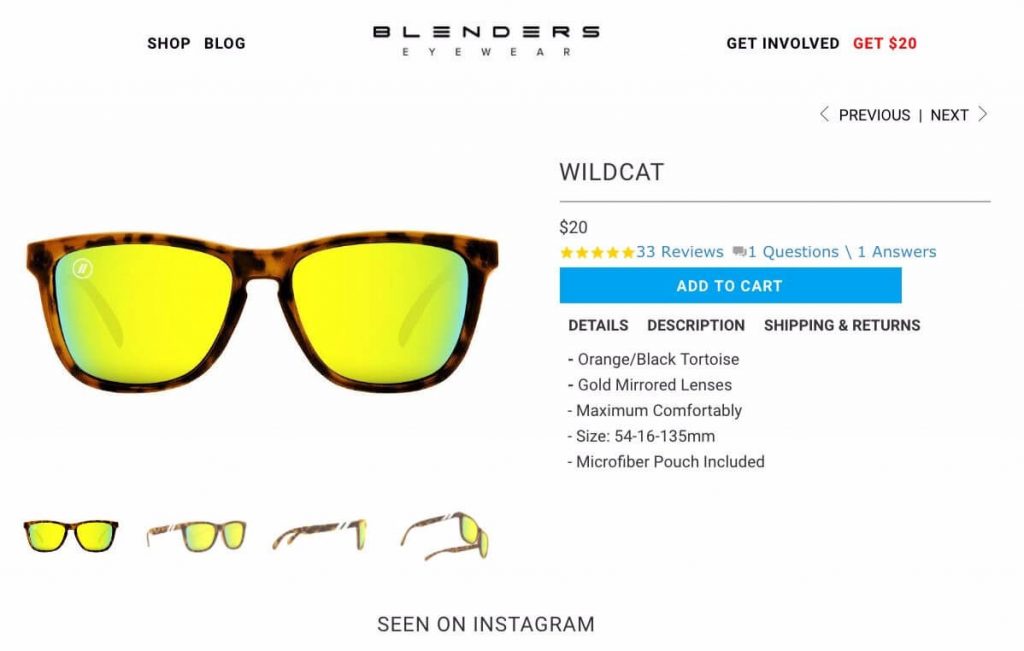
Let’s look at Blenders Eyewear as an example.
This fashion brand tapped into the power of customer content by featuring product reviews alongside photos of their products in retargeting ads on Facebook. As a result, they doubled their click through rate.
- Earned Media on Your Website
When customer content drives more sales than brand-created content, it’s time to start putting it everywhere – especially the place where people actually purchase from you. That’s your website, if you hadn’t guessed already.
The Marriott Vacation Club do a great job of this on their website using TINT. Because they are part of the travel industry, making their destinations look alluring and beautiful is part of the process.
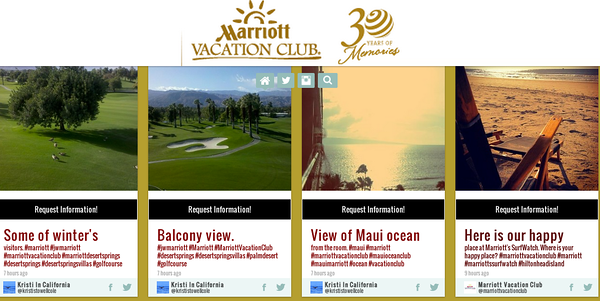
So, in order to show off what they offer and what customers can do at The Marriott, they set up a dedicated page that pulled together images and content from previous visitors.
- Earned Media in Traditional Marketing
Just because earned media is often gathered online, that doesn’t mean it has to stay there.
In fact, integrating hashtag campaigns and user reviews and images into your traditional marketing collateral can really solidify your brand and create a cohesive experience for consumers.
Spotify is a great example of a brand that has done this perfectly.
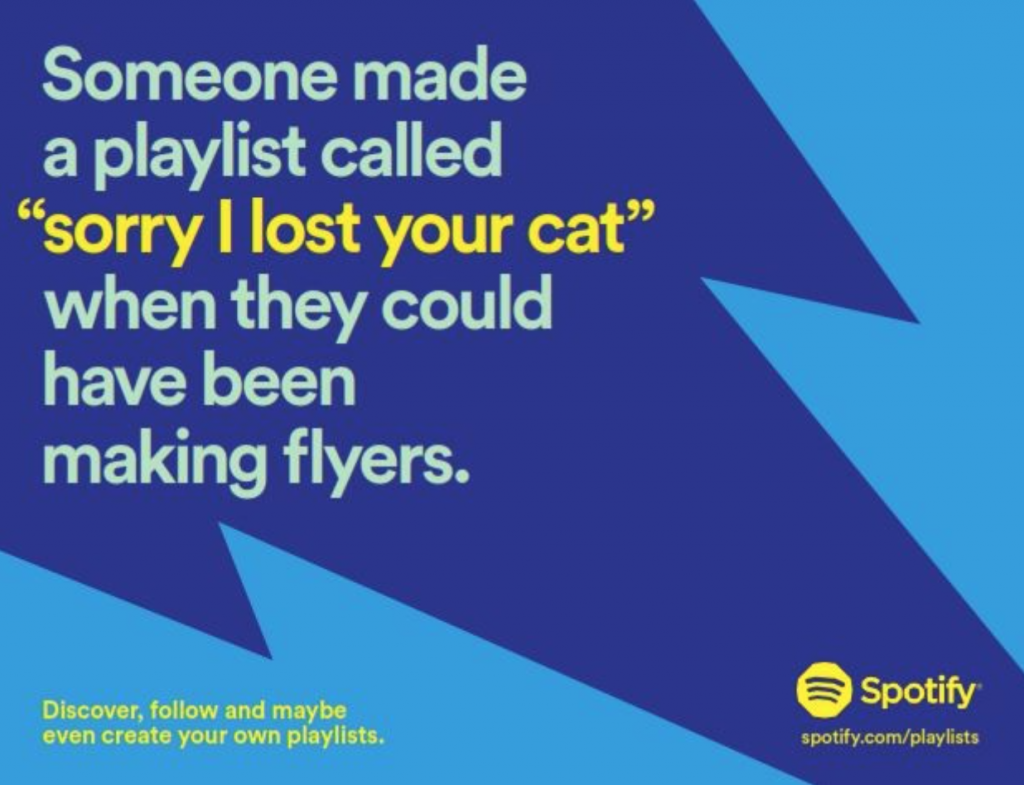
Earlier this year, Spotify wanted to re-solidify its core messaging to users, and it did so in a unique way reflective of its fun brand persona.
Quirky playlist titles were slapped on huge billboards. Titles like “Sorry I lost your cat” and “root canal songs” were plastered around cities to show the unique playlist abilities that Spotify is so well known for.
The campaign was so successful because it was so simple.
It took one tiny part of Spotify’s brand and dug deep to bring together consumers and the core brand message in a fun way.
Step Three: Customer Advocacy
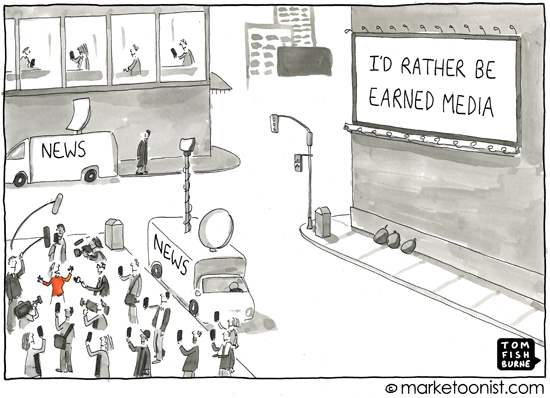
Once you’ve figured out how you’re going to reach new customers with previous buyer’s content, it’s time to make sure it’s not just a one-off.
Earned media should be a consistent, integral part of your content strategy if you want customers to keep coming back for more.
There are three key ways you can do this:
- Tap into the power of brand ambassadors
Start by identifying current brand ambassadors and listen to what they’re saying about your brand. Keep a list of them on Twitter and other social media, and consistently check what they’re posting about your brand.
If you don’t have as many brand ambassadors as you’d like, or you’d like to “recruit” more, you can start sharing and interacting with people who regularly create earned media for your brand.
TINT + LA Fashion Week 2015 from TINT on Vimeo.
LA Fashion Week used TINT to turn regular attendees into brand ambassadors. By giving fashion lovers the chance to upload their own footage and videos via a hashtag to a TINT wall, they reached a wider audience and showed the event from multiple different perspectives – rather than the singular viewpoint of the media.
- Influencer campaigns
Similarly to identifying key content creators in your customer base, you can also identify key players in your industry.
Influencer campaigns let you tap into the audiences of influential, relevant people and reach a wider base of tuned in consumers.
Gap did exactly this with their Styld.by campaign, which recruited a number of big names in the fashion blogging world and asked them to share their outfits using items from the latest line.
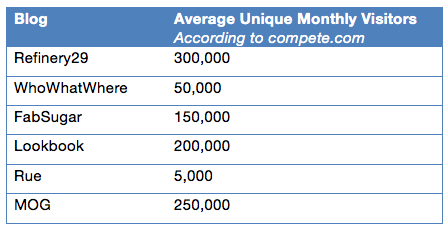
The bloggers selected had huge followings, which opened the brand up to even more potential customers. And, when customers trust bloggers more than brands, it was an important step in the right direction for Gap.
- Loyalty Campaigns
People like to be rewarded for their actions. Fact.
If you’re struggling to get consumers engaged, a long-term loyalty program might be the answer.
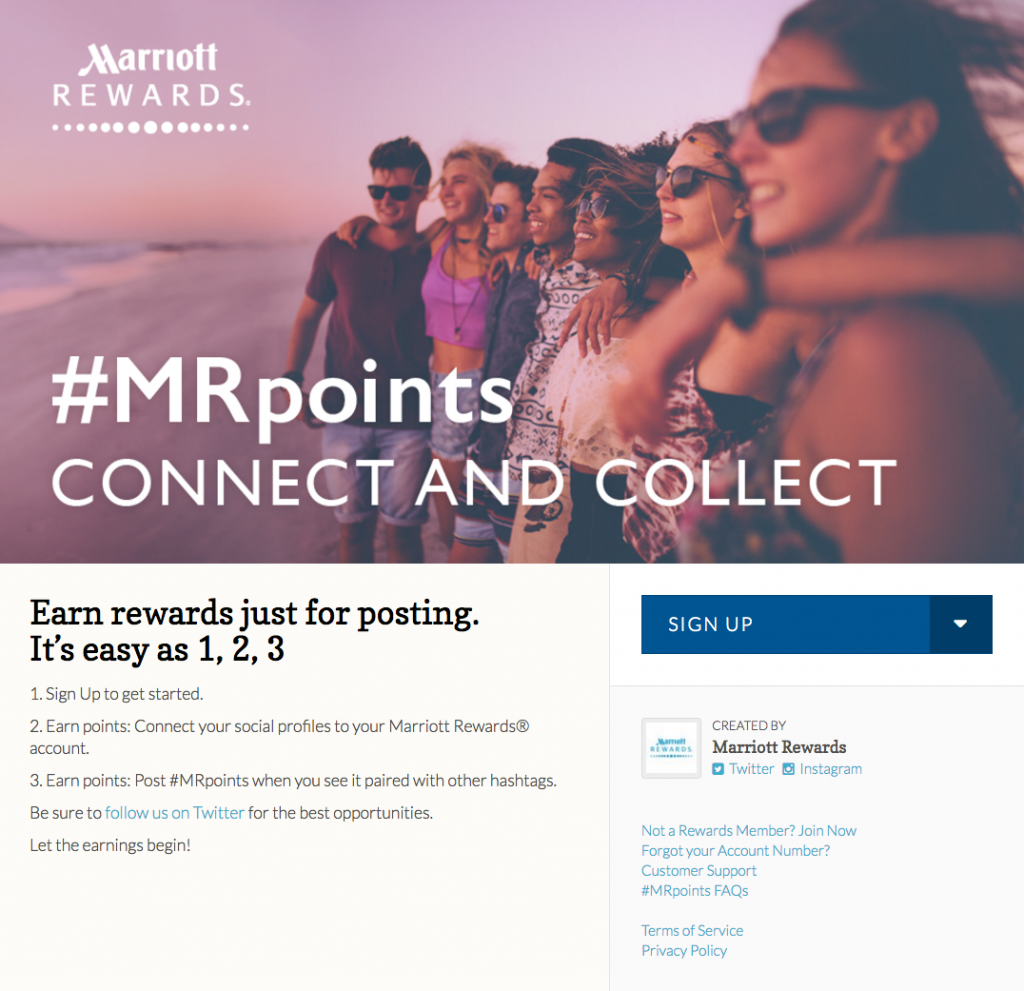
Take Marriott Rewards, as an example. They’ve connected the social aspect of earned media to their loyalty program to reward consumers for brand advocacy.
It’s simple: consumers get rewards in the form of points when they’re social. They can then cash them in when they’re making purchases.
As a result, Marriott found that socially connected loyalty members tended to spend more when buying.
Step Four: Integrate Earned Media into Your Marketing Strategy
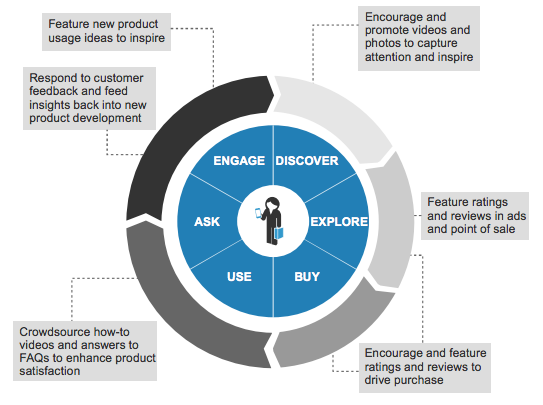
The great thing about earned media is it can be used during every step of the customer journey to boost sales and build your brand.
Let’s take the above image as a brief overview of the customer journey which, in this instance, involves six steps:
- Discover
- Explore
- Buy
- Use
- Ask
- Engage
Throughout each of these stages, you can tap into the power of earned media in different ways to encourage consumers to take different actions and move them from one step of the process to the next.
Loews, a hotel brand, uses consumer created content throughout every stage of the customer journey. Here’s how they do that with TINT:
Loews Hotels and Resorts Travel For Real Campaign from Catch New York on Vimeo.
And here’s a brief breakdown of how you might use earned media in your customer buying cycle:
- Stage One: Discover – share user photos and videos to capture the attention of future prospects.
- Stage Two: Explore – feature reviews and consumer content in paid ads to guide prospects towards the sales page
- Stage Three: Buy – share reviews and user experiences to drive sales (remember, people are more likely to buy after reading reviews)
- Stage Four and Five: Use and Ask – encourage buyers to share their questions and interact with any queries to enhance the user experience
- Stage Six: Engage – feature unique ways buyers have used your product to further inspire and engage current customers
Final thoughts
As you can see, there are plenty of ways you can integrate consumer created content into your content marketing plan to encourage prospects to move from one stage of the customer journey to the next.
The key is creating a content library of earned media that you can tap into as and when you need it.
Once you’ve come up with a way to bring it all together, you can then promote it to gather a consistent collection of content and reuse it in multiple ways throughout the buyer’s journey.
Integrating earned media into your content plan this year! Talk to our experts to see how UGC supports your content plan.

